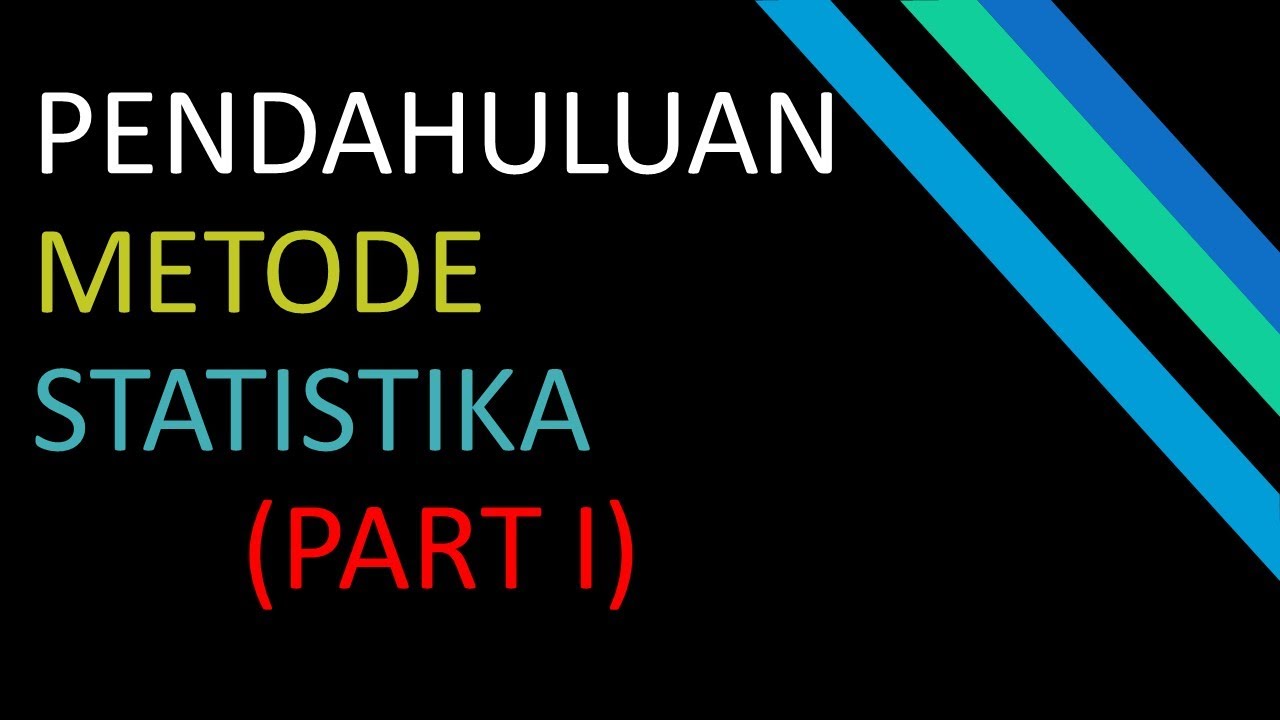Qualitative and Quantitative Data
Summary
TLDRThis MooMoomath video delves into the distinction between quantitative and qualitative data. Quantitative data is numerical, suitable for counting or measuring, and can be categorized as discrete (countable) or continuous (measurable). Examples include the number of pets or outdoor temperature. Qualitative data, on the other hand, is descriptive, using words to describe attributes like a cat's color or a bookshelf's texture. The video provides clear examples to illustrate the concepts, aiming to clarify these fundamental data types for viewers.
Takeaways
- 📊 Data can be categorized into quantitative and qualitative types.
- 🔢 Quantitative data is numerical and can be counted or measured.
- 📈 Quantitative data is suitable for graphing and includes two subtypes: discrete and continuous.
- 📋 Discrete data represents countable items, while continuous data represents measurable attributes.
- 📝 Qualitative data is descriptive and consists of observations and words.
- 🏠 Examples of qualitative data include the color of a house, the smell of a sock, and the texture of a shirt.
- 🐱 For a cat, quantitative data might be the number of legs and weight, while qualitative data could describe its color and fur texture.
- 📚 A bookshelf's quantitative data could be the count of books and its height, whereas qualitative data might describe its color and texture.
- 🔍 Quantitative data is often used for statistical analysis and mathematical operations.
- 🎯 Understanding the difference between quantitative and qualitative data is crucial for proper data collection and analysis.
Q & A
What is the main difference between quantitative and qualitative data?
-Quantitative data is numerical and can be counted or measured, while qualitative data is descriptive and uses words to describe observations.
Can you provide an example of quantitative data mentioned in the video?
-Examples of quantitative data include the number of pets, time of day, and the temperature outside.
What are the two types of quantitative data discussed in the video?
-The two types of quantitative data are discrete and continuous. Discrete data is countable, and continuous data is measurable.
How is quantitative data typically represented?
-Quantitative data can be graphed and is collected through counting or measuring.
What is an example of qualitative data provided in the video?
-Examples of qualitative data include the color of a house, the smell of a sock, and the texture of a shirt.
How does the video differentiate between quantitative and qualitative data when considering a cat?
-Quantitative data for a cat would be the number of legs and weight, while qualitative data would be the color and texture of the cat's fur.
What quantitative data can be associated with a bookshelf according to the video?
-Quantitative data for a bookshelf would be the number of books and the height of the bookshelf in centimeters.
What qualitative data is mentioned for a bookshelf in the video?
-Qualitative data for a bookshelf would be its color and the texture of its surface.
Why is it important to distinguish between quantitative and qualitative data?
-Distinguishing between quantitative and qualitative data is important because it helps in understanding the nature of the data and the appropriate methods for analysis and interpretation.
Can you explain the concept of discrete data as mentioned in the video?
-Discrete data refers to data that can be counted, such as the number of items in a set or the number of occurrences of a specific event.
What is continuous data according to the video?
-Continuous data refers to data that can be measured and has an infinite number of possible values within a range, such as temperature or length.
Outlines

This section is available to paid users only. Please upgrade to access this part.
Upgrade NowMindmap

This section is available to paid users only. Please upgrade to access this part.
Upgrade NowKeywords

This section is available to paid users only. Please upgrade to access this part.
Upgrade NowHighlights

This section is available to paid users only. Please upgrade to access this part.
Upgrade NowTranscripts

This section is available to paid users only. Please upgrade to access this part.
Upgrade Now5.0 / 5 (0 votes)





